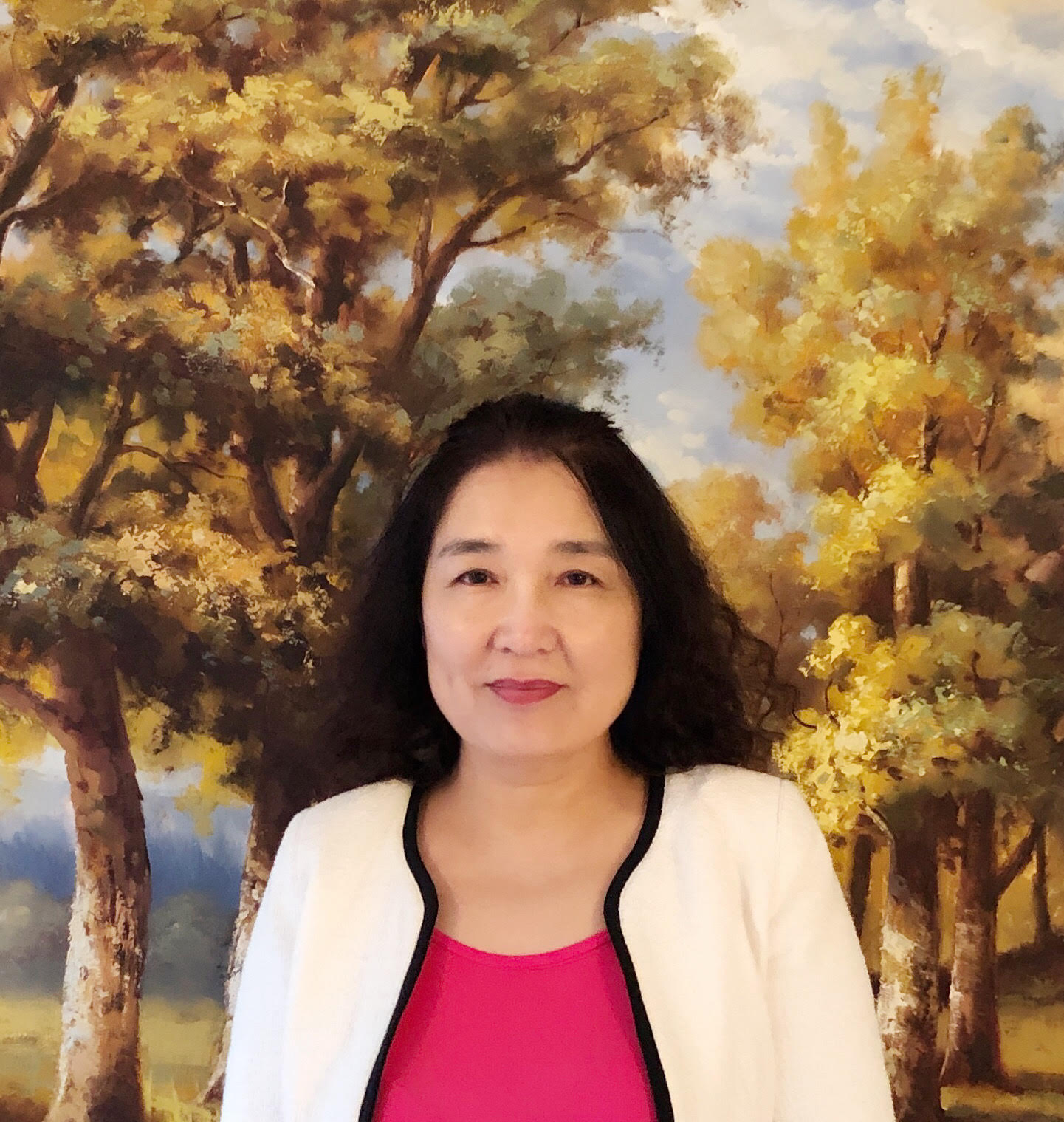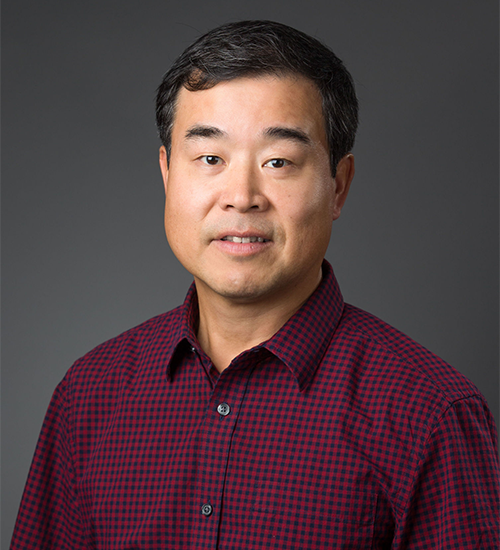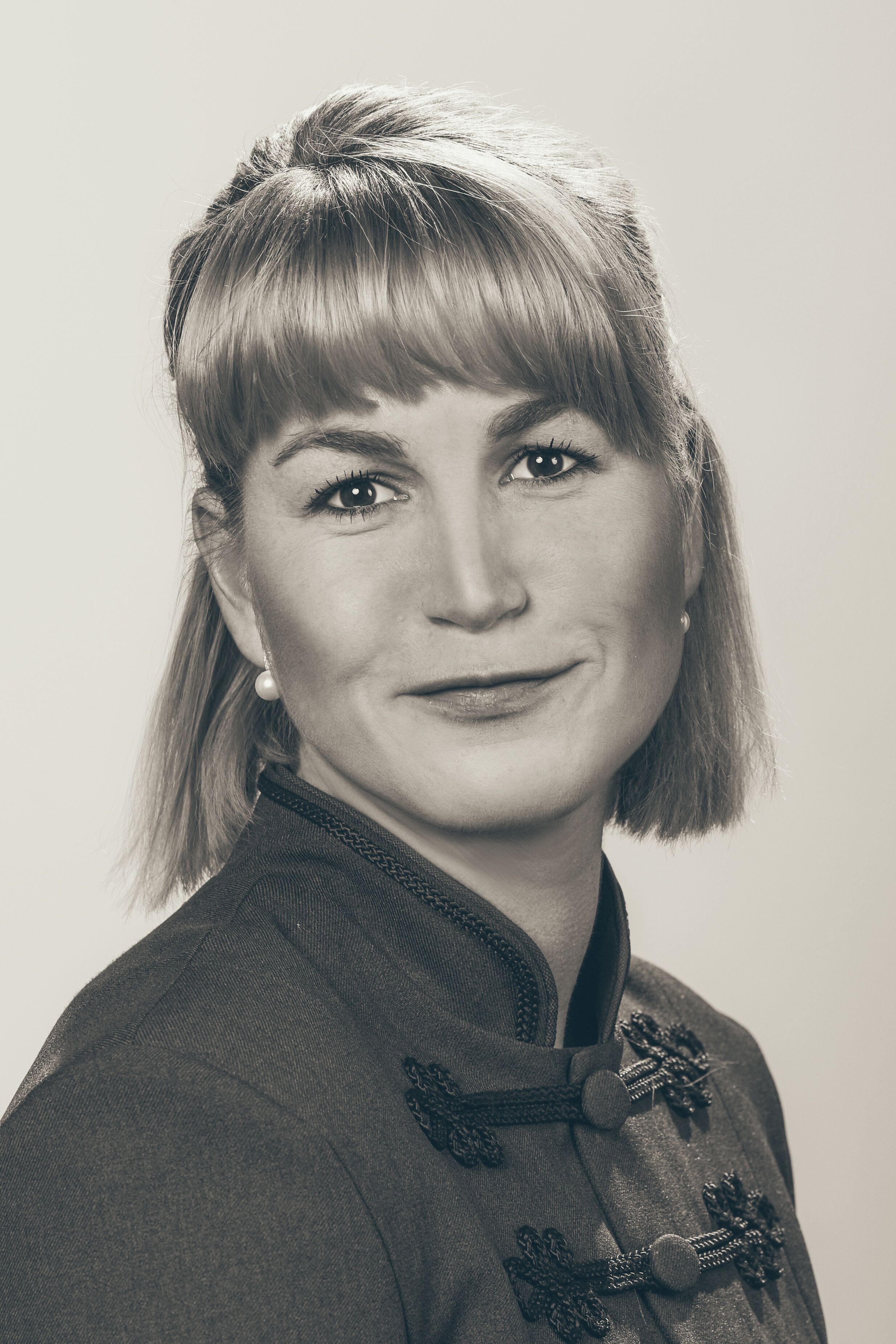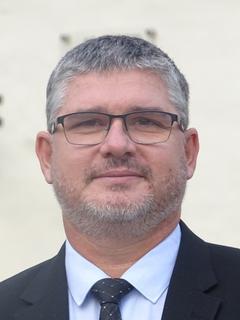
Date: Tue Jun 26, 2018
Time: 3:30 PM - 5:00 PM
Moderator: Brett Whelan
Irrigation Intelligence is a practice of precise irrigation, with the goal of providing crops with the right amount of water, at the right time, for optimized yield. One of the ways to achieve that, on a global scale, is to utilize Landsat-8 and Sentinel-2 images, providing together frequent revisit cycles of less than a week, and an adequate resolution for detection of 1 ha plots. Yet, in order to benefit from these advantages, it is necessary to examine the information that can be extracted from both sensors to detect crop water potential. Our hypothesis is that these indices can be used successfully to depict significant changes in water quantity in commercial plots during the growth stage of the season, which may assist in monitoring crop water stress. Two data sets were used: published multi-spectral of full-stressed and non-stressed leaves, and satellite imagery with their corresponding leaf or stem water potential (LWP or SWP, respectively) of crop fields and orchards. Whenever possible, the leaf area index (LAI) as well as vegetation fractions were taken. Image processing includes the calibration to surface reflectance and calculation of known and new spectral vegetation indices (VIs). The ability of the tested VIs to capture water potential variability was developed in three steps: Firstly, the published dataset was used to present the sensitivity of each index to depict the differences between stress and non-stress at the leaf and canopy levels. These results not only show the magnitude of the relationships but also their direction (positive or negative). Secondly, we used our satellite imagery and field measurements datasets to report the statistical relationships among these spectral indices and the physical LWP or SWP over the growing season. The best index, which consistently depicts the differences, was employed in the third step, to map crop water potential in commercial plots. We tested these maps by measuring LWP or SWP in the extreme points (driest and wettest) and found significant differences among the points, although their canopy fraction or LAI were similar.
Soil available nutrient (SAN) plays an important role in crop growth, yield formation, and plant-soil-atmosphere system exchange. Nitrogen (N), phosphorus (P) and potassium (K) are recognized as three primary nutrients in crop production. Accurate and timely information on SAN conditions at key crop growth stages is important for developing beneficial management practices. While traditional field sampling can obtain reliable information for limited number of sites, it is infeasible for spatially intensive sampling across an extended area at frequent temporal intervals. With recent advancements in Earth observation (EO) technologies, both hardware and software, spatial-temporal information on soil nutrients and crop growth conditions can be successfully captured. Conventional methods to link EO data with SAN conditions rely heavily on statistical models. The robustness and accuracy of these models require further improvements. In this study, we developed a new approach to improve model performance by integrating the World Food Studies (WOFOST) model and time series EO data. First, the WOFOST model was modified to simulate the daily nutrient-limited crop growth. Then the Ensemble Kalman Filter (EnKF) method was used to assimilate the time-series data acquired by an unmanned aerial vehicle (UAV) into the modified WOFOST model to simulate crop growth. Through comparison of the above two simulations, errors in the nutrient-limited crop growth caused by inaccurate SAN input were obtained. By eliminating these errors, a method was developed to estimate the SAN status. Finally, a field experiment was conducted on spring maize to assess the SAN estimation performance of the proposed method. The results demonstrate that, in addition to providing improved spatial details, the accuracy of the SAN estimation also improved through the synergy of the UAV data and WOFOST model.

The application of mobile terrestrial laser scanner (MTLS) has been studied for different tree crops such as citrus, apple, olive, pears and others. Such sensing system is capable of accurately estimating relevant canopy parameters such as volume and can be used for site-specific applications and for high throughput plant phenotyping. Coffee is an important tree crop for Brazil and could benefit from MTLS applications. Therefore, the purpose of this research was to define a field protocol for MTLS data collection in commercial coffee orchards and evaluate the spatial variability of canopy parameters. A LiDAR sensor and a RTK-GNSS was used for data acquisition. Two coffee orchards were scanned by a MTLS to test the proposed protocol. The data obtained were processed to generate 3D point clouds of the orchards. Canopy volume and height maps were generated for one of the fields. A minimum distance between the sensor and the canopy of 1m was determined based on the sensor scanning properties. A metal structure was constructed and attached to the three-point hitch of the tractor creating an offset between the sensor and the tractor. Such a design allowed the sensor to be at least 1 m from the canopy. The point clouds showed that for both fields the sensor was able to scan the entire coffee plants. The coefficients of variation of volume and height were 6.5% and 15.7%. The canopy volume and height maps showed that there was spatial variability in the field. Furthermore, according to the geostatiscal analysis, the spatial dependence was limited to short distances. Consequently, the use of sensors such as LiDAR should be preferred over sampling methods for a good representation of the orchard spatial variability.

Fast and accurate methods of immature citrus fruit detection are critical to building early yield mapping systems. Previously, machine vision methods based on color images were used in many studies for citrus fruit detection. Despite the high resolutions of most color images, problems such as the color similarity between fruit and leaves, and various illumination conditions prevented those studies from achieving high accuracies. This project explored a novel method for immature citrus fruit detection by using videos from a thermal camera, which can capture the surface temperatures of citrus canopies. Fruit and leaves in citrus canopies have different thermal characteristics, which can present different temperatures during a heating or a cooling process. An active thermography system was developed which created a thermal excitation signal on the surface of citrus canopies to change their temperatures and then take thermal images. Because of the high temperatures in Florida during the growth period of citrus fruit, a cooling method was selected by spraying water. The system was implemented using a golf cart, on which a water spray system and a thermal imaging system were mounted. The water spray system installed in the front of the golf cart sprayed water on the surface of citrus canopies. Then the thermal imaging system, which was mounted at the end of the golf cart, acquired videos of the citrus canopies. Novel fruit detection and tracking algorithms were developed for counting the number of fruit from the videos. An average precision of 87.2% was achieved using thermal video frames for immature citrus fruit detection.

Proximal colour imaging is the most time and cost-effective automated technology to acquire high-resolution data describing accurately the trellising plane of grapevine. The available textural information is meaningful enough to provide altogether the assessment of additional agronomic parameters that are still estimated either manually or with dedicated and expensive instrumentations. This paper proposes a new framework for the classification of the different organs visible in the trellising plane. The proposed method is an implementation of a Bayesian decision process based on a joint parametric representation of Local Structure tensors and color. The purpose is to obtain a pixel-wise description of grapevine images based on joint structural and colorimetric features. In this paper, a representation of colour extended structure tensors mapped into the log-Euclidean metric space is introduced. This new feature is used for the description of the textural properties of grapevine organs in multivariate Gaussian models. The final classification is performed by Bayesian MAP estimation based on the models. The paper presents and compares different variants of the method which are applied to three key phenological stage: flowerhood falling, pea-sized and berries touching (BBCH 68, 75, 79). The resulting classification performances are measured in terms of recall and precision that reached overall between 80% and 90% depending on the stage. These results are produced with leave-one-out cross validations where models are estimated from 15 images per stage containing about 1.5e6 samples. The achievement of a reliable classification of the leaves, flowers and berries for each vinestock is an integral step toward the estimation of leaf area index, leaf porosity, fruitfulness, cluster structuration and yields. These are key parameters for the monitoring and evaluation of main field works such as fertilisation, irrigation, and trimming, defoliation, trimming and thinning. In addition the modeling of healthy grapevine organs is also preliminary to achieve a modeling and classification of grapevine major fungal diseases
Our long term experience in the ~23.5 ha research field since 2001 shows that decision support requires complex databases from each management zone within that field (eg. soil physical and chemical parameters, technological, phenological and meteorological data). In the absence of PA sustainable biomass production cannot be achieved. The size of management zones will be ever smaller. Consequently, the on the go and remote sensing data collection should be preferred. The paper presents the results of ECa and near-surface hyperspectral measurements. For the increase in accuracy of yield prediction of DS models the energy input-output analysis in the management zones can also be used.



